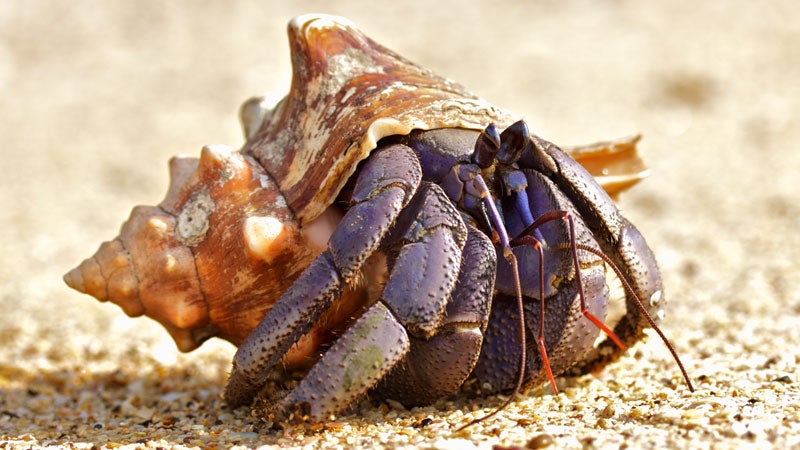The hermit crab seems unusual in its maintenance of near-constant levels of fertility and mortality. In fact, it undermines the notion that deterioration necessarily follows age.
The hydra—a freshwater microorganism—abides by the same ever-youthful aging strategy. But whereas the hermit crab typically lives 10 to 30 years, the hydra can sustain itself for centuries. This disparity is observed in a study released by Nature that defines the aging process as a non-standard phenomenon, possibly altering our view of evolution.
The research compared the aging patterns of 46 species and found no association between the length of life and the degree of senescence—or deterioration of mortality and fertility—with age.
Rather, life ages on a continuum, with mammals grouped on one end, showcasing an abrupt shift in mortality, and plants on the other, touting a much lower mortality. Birds and invertebrates populate the space between.
“The [evolutionary] theories we have are applicable in lots of situations — but they can’t explain some cases,” says Owen Jones, a biologist at the University of Southern Denmark and leader of the study.
Detractors, including evolutionary biologists at the University of California–Irvine and the University of Texas Health Science Center, criticize the findings for being lab-oriented.
Steven Austad, biologist at the University of Texas, says the findings are “divorced from biology” and “[ignore] the impact of the environment.”
Stephen Stearns, an evolutionary biologist at Yale University, says that while the research provides a useful reminder, it does not repudiate evolutionary theory. “That would require difficult empirical measures of the trade-offs between reproduction and mortality,” he says, “which haven’t yet been done.”


